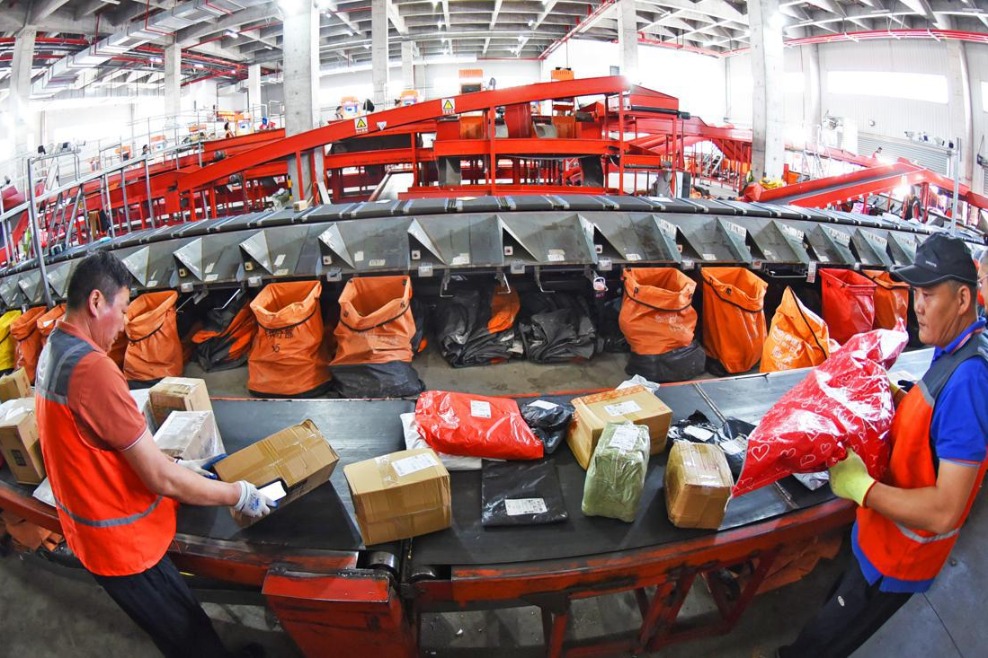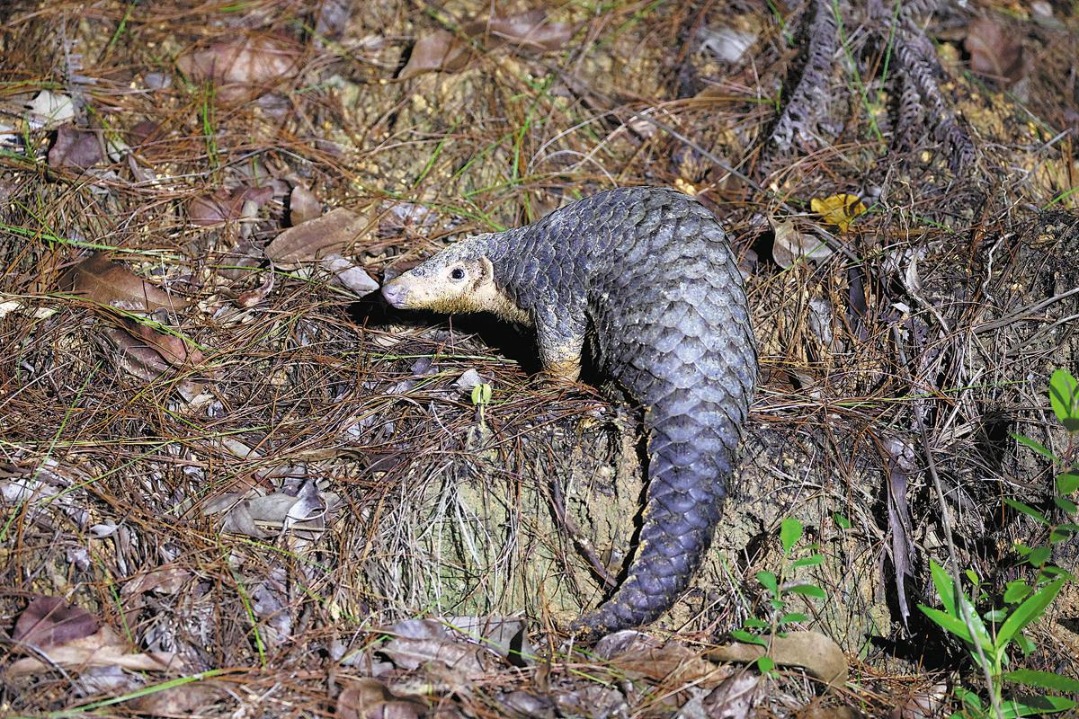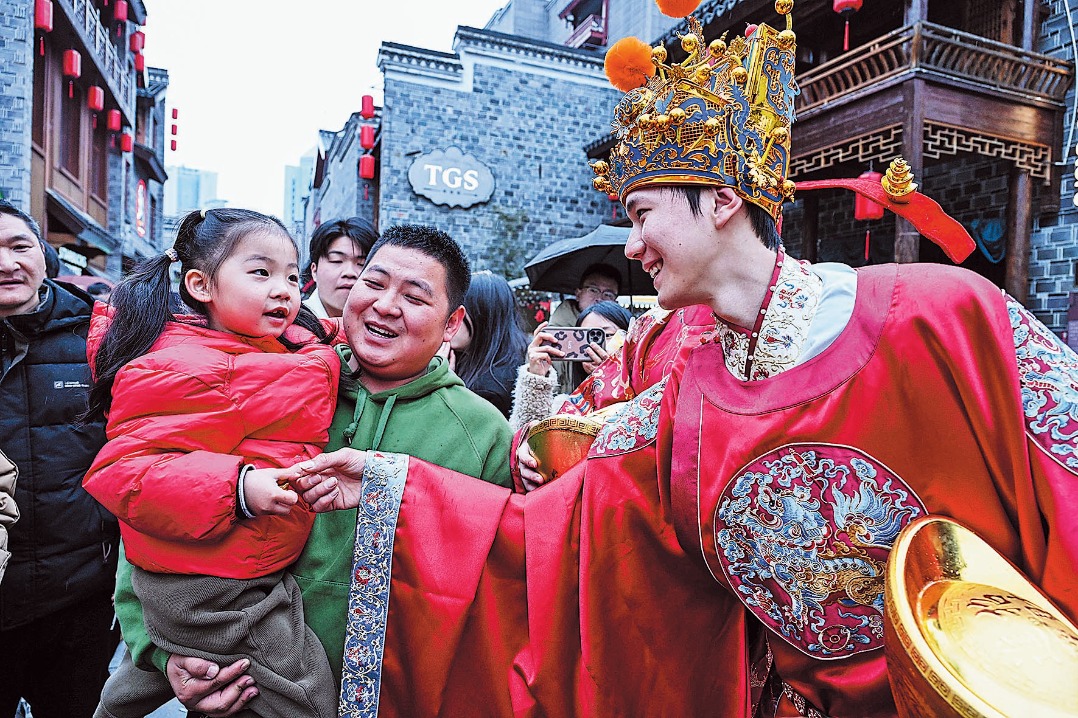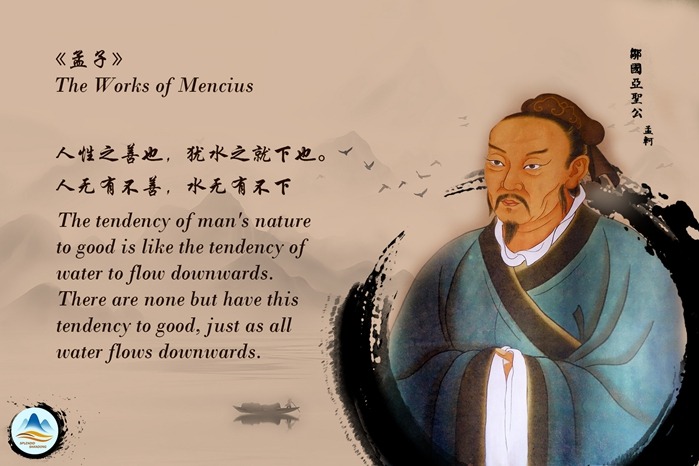Better ties serve interests of China, Australia

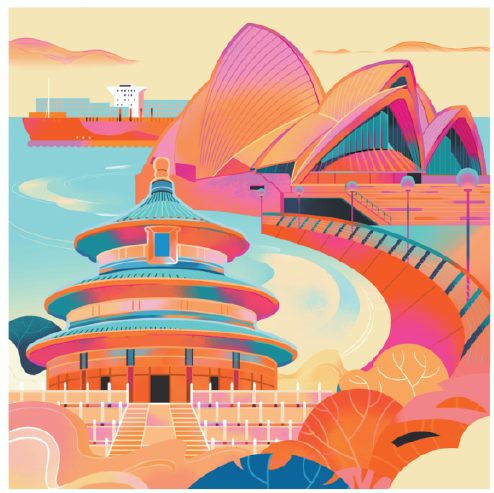
The warm congratulations offered by Chinese President Xi Jinping to recently re-elected Australian Prime Minister Anthony Albanese, along with the possibility of Albanese attending the recently revived annual leaders' meeting, likely to be held in China later this year, are clear signs of warming Sino-Australian relations.
Sino-Australian relations had been frosty, even soured, in the latter part of the previous Liberal-National Party government led by Scott Morrison. But the election of the Albanese-led Labor government in May 2022 brought immediate change. The election of Albanese earlier this month, with a massive majority, consolidates the trend of warming ties.
In his May 13 letter, Xi congratulated Albanese on his re-election, noting that over the past three years they had communicated in depth on strategic, comprehensive and directional issues concerning Sino-Australian relations, reaching important common understandings for the improvement and growth of bilateral relations.
Strengthening cooperation between China and Australia, Xi said, is of great significance to the common development of the two countries, while also promoting global peace and stability. Xi expressed his readiness to work with Albanese to advance steady and long-term development of a comprehensive strategic partnership to the benefit of the people in both countries.
Albanese has indicated that he is keen to visit China later this year for the Annual Leaders' Meeting between the two sides. The meeting, which had been suspended during the Morrison government, was revived, after a six-year hiatus, after the Labor Party came to power.
Sino-Australian relations returned to the right track when Albanese visited China in November 2023, which marked the 50th anniversary of Gough Whitlam visiting China, the first Australian prime minister to do so, as well as the establishment of diplomatic relations between the two countries. The two countries have since elevated their relationship to a "comprehensive strategic partnership" (in 2014). Albanese's visit to China two years ago was reciprocated by Chinese Premier Li Qiang, who visited Australia in June 2024.
During his first term, Albanese prioritized the stabilization of Sino-Australian relations, given that bilateral ties had deteriorated during Morrison's government. China is by far Australia's largest trading partner, accounting for 32.5 percent, or about A$219 billion ($141 billion) of Australian exports, 60 percent of that being iron ore with the rest comprising agricultural products, other resources and services.
The China-Australia Free Trade Agreement the two sides signed in December 2015 allows 85 percent of Australian goods to enter China duty-free, with the figure expected to rise to 98 percent when ChAFTA is fully implemented in 2029. On the other hand, 82 percent of China's exports to Australia have duty-free entry into Australia since the signing of the FTA, increasing to 100 percent since Jan 1, 2019.
Since May 2022, when Sino-Australian relations began improving, many official Chinese delegations have visited Australia, negotiating business dealing with federal, state and territorial governments.
Sino-Australian ties still face problems, however, primarily because of Australia's major strategic ally, the US, which has persuaded Canberra to commit itself to Washington's strategic and military plans, designed to curb China's peaceful rise.
Australia, which hosts several US military bases, most notably at Pine Gap near Alice Springs, has become a staging post for US military under the Force Posture Agreement. As a result, much of northern Australia has been turned into US military post, and Canberra has signed the AUKUS agreement (a trilateral security partnership among Australia, the United Kingdom and the United States), which will see Australia spend some A$368 billion on a nuclear submarine program, aimed as part of an aggressive US strategy to block Chinese access to the wider world through the South China Sea.
As such, Australia is caught between a desire to cement relations with its largest trading partner, China, and maintaining its 80-year-old security partnership with the US. An increasingly unstable US could help Australia make the right choice.
Good news for Sino-Australian relations comes in the shape of an increase in the numbers of tourists from one country to the other, 580,500 Australian residents visited China in 2024, an 85 percent jump from 313,240 the previous year, while Tourism Australia put the number of Chinese tourists visiting Australia in 2024 at over 890,000, up 83 percent year-on-year.
With increased connection comes increased understanding.
The author is a Newcastle-based Australian social commentator and historian.
The views don't necessarily reflect those of China Daily.
If you have a specific expertise, or would like to share your thought about our stories, then send us your writings at opinion@chinadaily.com.cn, and comment@chinadaily.com.cn.

















